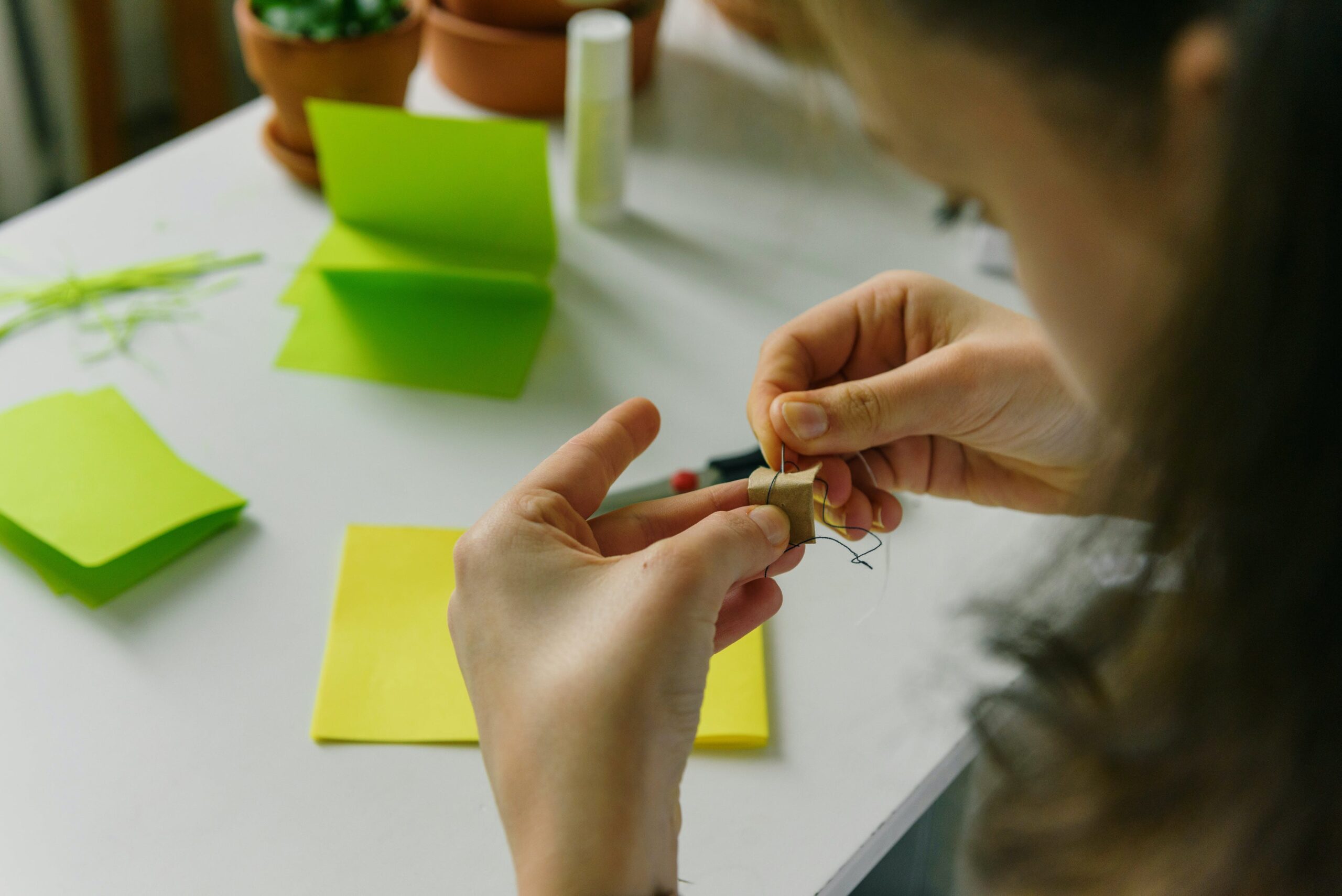Our children’s hobbies are increasingly dominated by screens and digital experiences, but the tactile joy of creating something with one’s hands can offer a refreshing escape.
Sewing, with its rich history and versatility, remains a delightful skill to pass down to the younger generation. But how can you get your kids involved in sewing, and which sewing machine should you choose for children?
Introducing sewing to kids
The first step in teaching children the art of sewing is to spark their interest. Start with simple projects that yield quick and tangible results. This could be as straightforward as sewing buttons onto fabric or creating small, stuffed toys.
The key is to ensure the activity is age-appropriate, engaging, and, above all, fun. Sewing machines designed for beginners can be a fantastic tool, offering safety features and ease of use that make the learning process both secure and enjoyable.
Choosing the right sewing tools for children
When it comes to selecting sewing machines for children, look for user-friendly models with straightforward threading mechanisms and a limited but sufficient range of stitches. Some machines available are even designed specifically for kids with durability and safety in mind.
As children grow and their skills advance, you might consider upgrading to quilting machines, which allow for larger projects and more creative exploration. Quilting introduces kids to the concept of piecing together different fabrics to create something beautiful and functional, such as blankets or clothing.
Try an embroidery machine
Embroidering machines add another layer of creativity to the sewing experience. These machines can help children personalise their projects with decorative stitches or patterns.
Embroidering machines range from simple models suitable for beginners to more advanced machines that offer a wider array of options. This progression from sewing machines to quilting and embroidering machines allows children to continuously develop their skills and maintain their interest in crafting.
Creating a sewing space
Dedicate a space in your home where children can sew and store their projects and materials. This doesn’t have to be a large area — a small table and some storage boxes will suffice.
The important part is that it’s a space where they feel comfortable and inspired to create. Organise materials in a way that makes them easily accessible to children, encouraging independence and spontaneous crafting sessions.
Sewing project ideas for kids
Sewing project ideas should evolve with your child’s abilities. Beginners might start with pillowcases or tote bags, which teach basic stitches and how to follow seams. As they become more confident, they can move on to more complex projects like quilts or embroidered patches.
The internet is a treasure trove of free patterns and tutorials suitable for a range of skill levels. Engage children in choosing their projects to ensure they’re excited about what they’re making.
The benefits of sewing
Beyond the joy of creating, sewing offers a multitude of developmental benefits. It enhances fine motor skills, fosters creativity, and promotes patience and persistence.
Sewing projects also provide practical applications of maths concepts, such as measuring and geometry. Perhaps most importantly, sewing can boost a child’s self-esteem, as they see their ideas transform into tangible items they can use and share.
Teach your children how to sew with Franklins
Teaching children to sew, quilt, and embroider opens up a world of creativity and practical skills that they can carry into adulthood. By choosing the right sewing tools and creating a dedicated craft space to help foster your child’s hobby, you can give them a skill for life.
At Franklins Group, we offer a variety of different sewing machines, from quilting machines, overlockers, coverstitch, and industrial sewing machines too. Browse our collections, or request a call back to find out how you can introduce sewing into your child’s life today.

